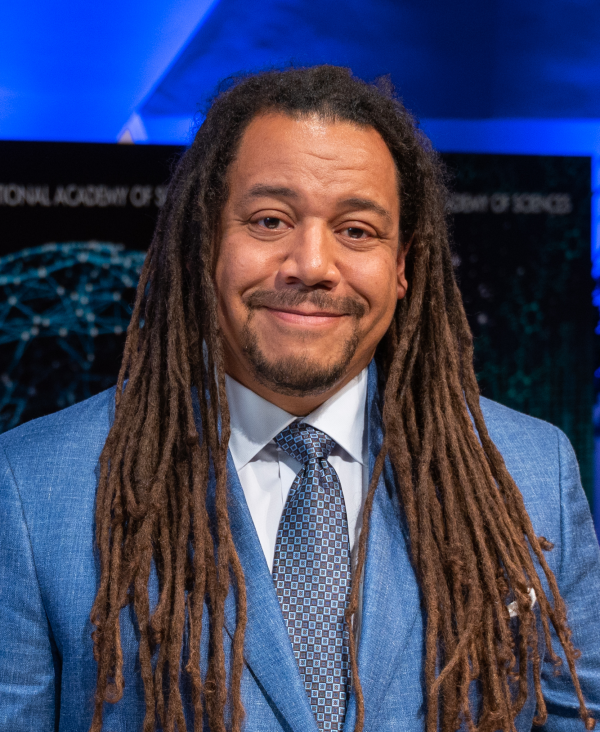Mechanisms of Phage-Derived Protein Antibiotic

William M. (Bil) Clemons, Jr., Ph.D.
Arthur and Marian Hanisch Memorial Professor of Biochemistry
California Institute of Technology, Division of Chemistry and Chemical Engineering
Professor Bil Clemons received his PhD from the University of Utah working under Prof. Venki Ramakrishnan. During this time he spent two years as a visiting scientist at the Laboratory of Molecular Biology in Cambridge, England. The most notable achievement during his graduate work was that he was part of the team that solved the first atomic resolution structure of a small ribosomal subunit. This work led to a fundamental understanding of the translation of the genetic code and provided molecular details of the mechanism of a number of antibiotics. He then took a post-doctoral position at Harvard Medical School working for Profs. Tom Rapoport and Steve Harrison. During this time he solved the structure of the ubiquitous protein translocation channel. This membrane protein structure allowed for a clear model of how this fundamentally important complex could perform its unique function. Arriving at Caltech in 2006, the Clemons lab has continued its focus on structurally characterizing important biological systems.
Summary
As antimicrobial resistance continues to expand, new ideas are required to address the growing threat. Phages, viruses of bacteria, offer many lessons that can be leveraged as opportunities to combat bacteria. In this lecture, Prof. Clemons will describe how some phages have developed simple, protein-based mechanisms for breaking through the bacterial cell wall and killing their host. These protein antibiotics can work independent of the phage, yet for years their mechanisms have remained mysterious. The mechanisms for several of these will be revealed. From these discoveries, new biological insight and paths towards potential therapeutics will be shared.
Learning Objectives:
1. Define the concept of single-gene lysis mechanisms for phages
2. Understand the variety of mechanism phages have evolved
3. Develop a conceptual framework on how these mechanisms can be leveraged for new therapies
https://videocast.nih.gov/watch=55011
This page was last updated on Wednesday, November 6, 2024